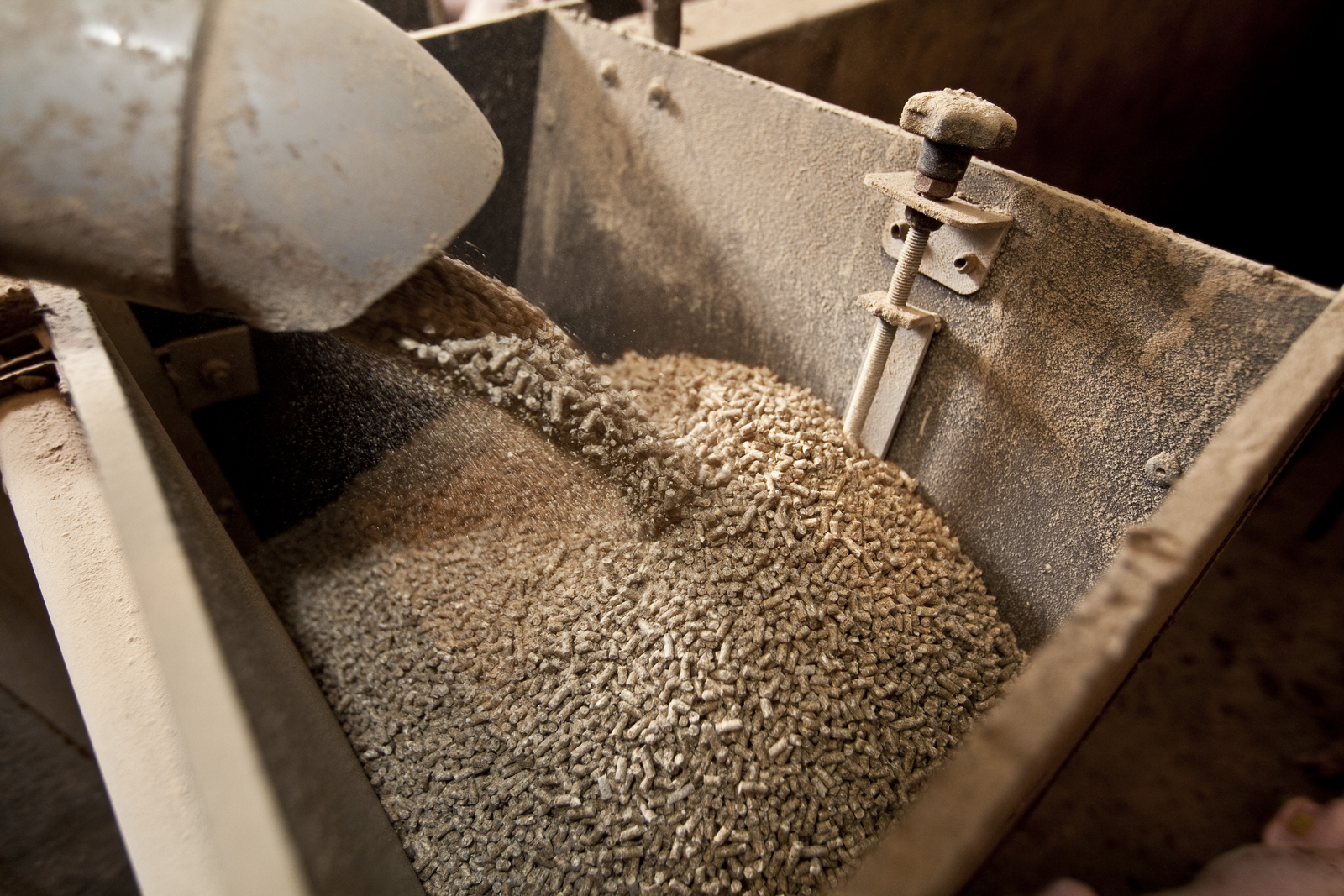Feed safety can be further improved

Although feed safety is addresses by multiple players already, the prevention and control of hazards in animal feed can be stepped up. This was stated at a recently held expert meeting, jointly organised by the Food and Agriculture Organization of the United Nations, (FAO) and the World Health Organisation (WHO).
The expert meeting formulated a number of recommendations to make feed even safer in the future. These measures include: development and implementation of standards, guidelines and practical measures to ensure safe feed (at both national and international levels), action from multiple players to build upon what has already been done to address feed safety by Codex, FAO, WHO and other organisations, national regulators and the feed industry.
The experts also addressed that ongoing and enhanced capacity development is an important aspect of improving feed safety, particularly in the context of changing feed production systems and feed sources, the need for sustainability in animal production systems and the broader context of global food security.
Sampling approaches
The expert meeting highlighted the role of risk assessment as well as the numerous challenges in undertaking risk assessment presented by the wide range of hazards and feed sources, including the need to generate the necessary data on some of these contaminants, collate those data, if feasible through a global platform and where necessary develop the methodologies needed to facilitate such risk assessment.
For example, sampling approaches and sampling plans were identified as a key area to be addressed in terms of data collection and monitoring of hazards in animal feed. The role of the industry in generating data to facilitate risk assessment as well as that of national authorities and international bodies to ensure that such data are generated was emphasised. In the executive summary these risks are further described.
Revised Codex standards
Noting the recognition that Codex Alimentarius gives to safe feed for the production of safe food, the meeting concluded that in order to provide countries with the tools they need to manage feed safety, there was now a need for Codex to continue including explicit consideration of feed when developing or revising Codex standards, codes of practice and other relevant texts for biological and chemical contaminants.
The meeting also recognised the differences that exist between countries in relation to their regulatory frameworks for feed, in particular between high-, middle- and low-income countries, and the impact this can have on the potential to manage such hazards. This may be a particular issue in many low-income countries where legislation and infrastructure for the management of feed safety is still immature or even non-existent.











